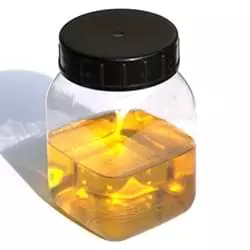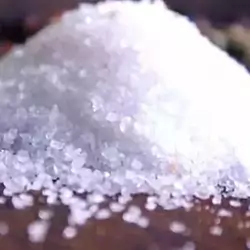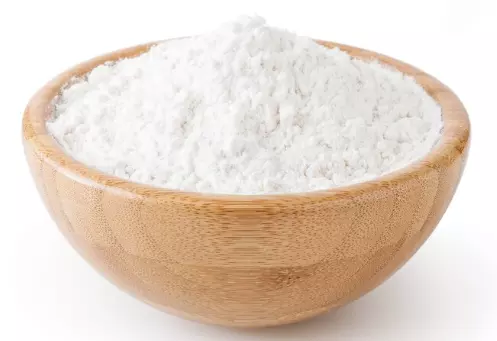Lauric Acid
|
IUPAC Name |
: Dodecanoic Acid |
|
Cas Number |
: 143-07-7 |
|
HS Code |
: 2915.90.90 |
|
Formula |
: C12H24O2 |
Basic Information
|
Appearance Name |
: White Powder Solid |
|
Common Names |
: Vulvic Acid; Laurostearic Acid |
|
Packaging |
: 25 Kg Bag |

---india.webp)


